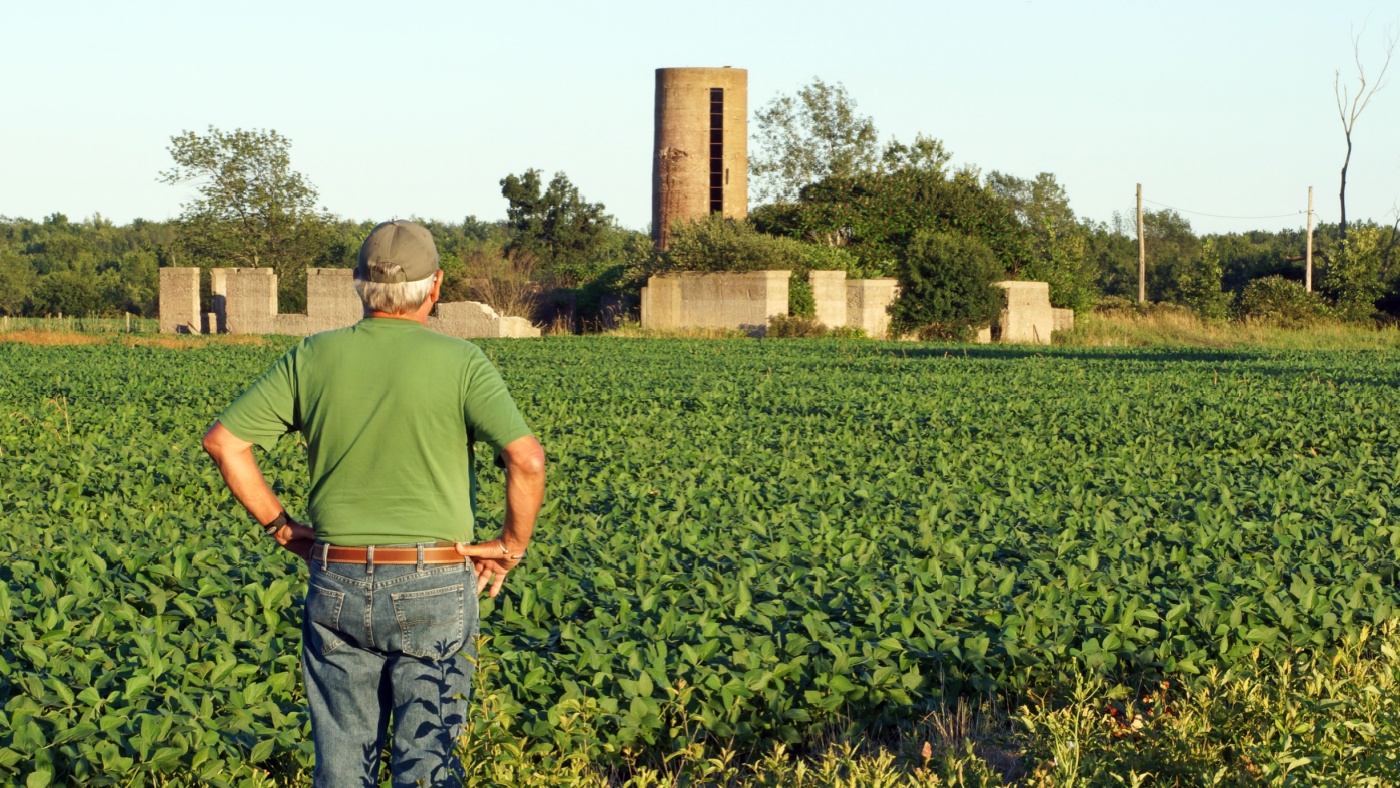This week’s USDA reports showed record-setting yields for corn and soybeans. The issue now may be that a big crop, with corn nationwide at 183.1 bushels an acre, could get even bigger if the weather holds through the end of the growing season. University of Illinois ag economist Joe Janzen has some thoughts on how possible that might be.
“I tend to view these forecasts as sort of like our best guesses of now. I mean, I think if we see amazing weather, this crop could get bigger, but that 225 number for Illinois, for example, is just so big, it’s hard to imagine. You know, I think that’s a pretty good estimate of where we think this thing is going to end up eventually. So I tend not to sort of view this as like a leading indicator, so much as this is our best guess as of right now.”
Still, for corn and particularly soybeans, the numbers are big. USDA increased both soybean planted acreage and yield. The combination pushed the ending stocks numbers, or what will be left over by the time the fall of 2025 arrives, well past half a billion bushels. Those numbers will make marketing the crop painful.
“I think you’ve got to look very carefully at the bushels you’ve already got marketed. I think those hopefully have been marketed at higher values than we’re seeing today. And then really think about when and what are the conditions that are going to get you to move this crop. I’m looking at, there’s now, especially in the soybean market, a relatively healthy carry. I think it’s about $0.32 per bushel between the November futures price and the March futures price. That’s maybe an opportunity to think about kind of capturing some of that carry if you’re going to sit and store soybeans after harvest that kind of offers you some indication of what the returns might be to doing that, and then recognizing that, you know, the some of those values that we saw back in the spring are unlikely to come back given the size of the U.S. crop.”


